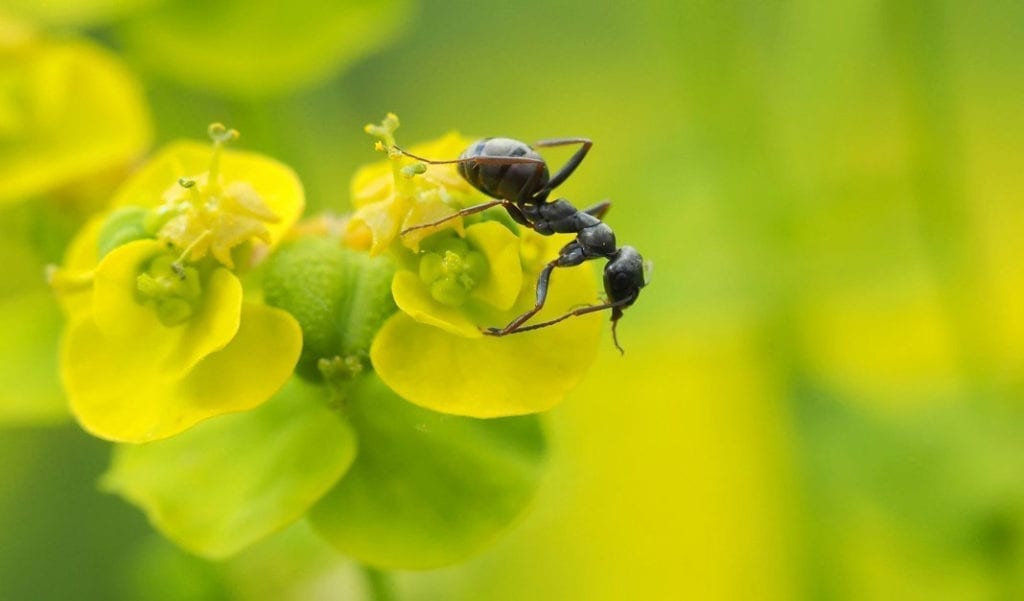If you have a rare disease with no cure, it’s important to live your future today.
Bradon Coy, 10, took that advice by travelling all the way from the United States to Panama.
Bradon has Duchenne Muscular Dystrophy (DMD), a genetic disorder that causes muscles to progressively degenerate, becoming weaker and weaker.
Generally, DMD starts affecting the muscles of the hips, thighs, and shoulders first and continues on to virtually any muscle in the body. Because the heart is a muscle and respiratory muscles such as the diaphragm control breathing, DMD can lead to premature death.
DMD symptoms usually start between the ages of 3 and 5, and many children need a wheelchair between ages 7 and 12. DMD predominantly affects boys and, until recently, people with DMD were not expected to live beyond their teen years.
So, when Bradon was granted a wish by the Make-A-Wish Foundation, he went straight for his dream-job. Bradon wants to be an entomologist, a scientist who studies bugs. His parents took him to the 2014 Annual Meeting of the Entomological Society of America, where he was surrounded by others who shared his passion.
You might say Bradon was in bug heaven. But the best was yet to come.
At the meeting was an entomologist and journalist for Al Jazeera America, Phil Torres. Torres’ research is predominantly based deep in the Amazon jungle of Panama. He and Bradon bonded as he showed the bug-crazy boy photographs of insects on his cell phone. According to an article in Entomology Today, the newsletter of the Entymological Society of America, Torres told Bradon’s parents,
“I will help you do whatever you need to get this little guy to wherever he needs or wants to go.”
A year later, Bradon found himself in the rain forest of Panama, net in hand. Surrounded by bugs of all shapes, sizes, and colors, Bradon began his international career as an entomologist. With his buddy Torres offering a hand as they trekked across uneven terrain, Bradon learned insect capture and photography. The two of them even grinned at each other as they let bugs crawl across their faces.
We encourage you to watch the video of them from Al Jazeera America’s program TechKnow.
DMD is named after the French neurologist who first described it in the 1860s. Little was known about the cause of DMD for 126 years. Then in 1987, researchers identified a protein, called dystrophin, associated with the X chromosome gene mutation that leads to DMD. They realized that when muscle cells lack dystrophin, the cells become fragile and are easily damaged. Medical advances since then have helped people with DMD live longer, healthier lives.
To learn more about DMD, you may want to visit the Muscular Dystrophy Association’s website here.





